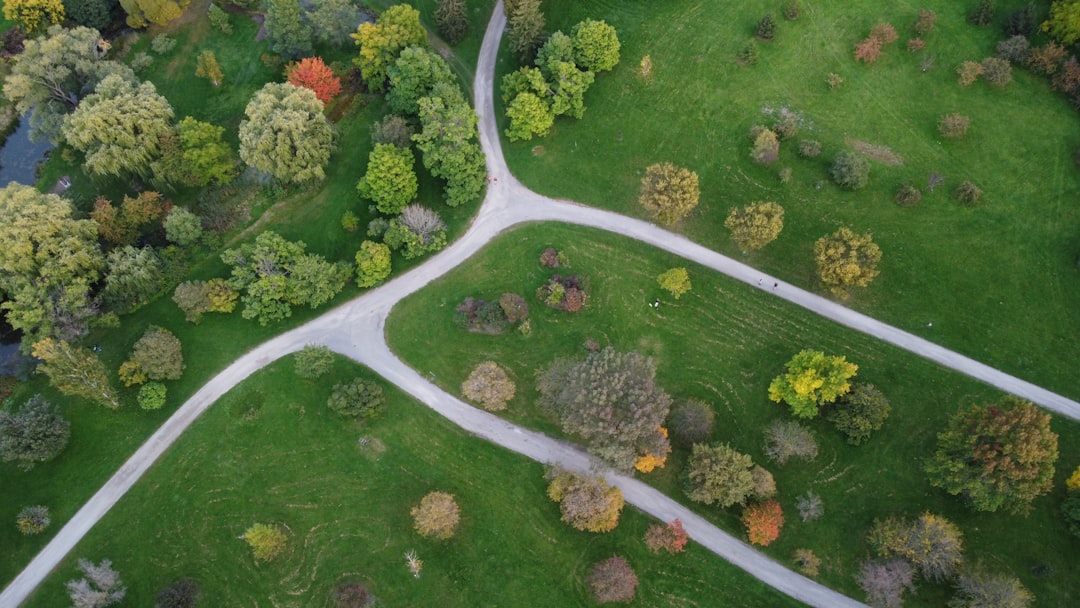What is it about?
In this study the development and application of a computational model for aerated horizontal flow treatment wetlands is described. Aerated horizontal flow treatment wetlands are simple wastewater treatment technologies that use natural occuring processes. Here, the structure of the model, the implementation in open-source software and its application are described.
Featured Image

Photo by Eric Muhr on Unsplash
Why is it important?
Experiments for researching and designing nature-based wastewater treatment technologies are costly and time consuming and do not always allow to analyze individual phenomena involved. Computer simulations can assist in the interpretation of experimental results as well as can be used to identify key players and/or effects for further investigations. With the computer simulations we could derive recommendations for an optimized operation of aerated horizontal flow wetlands.
Perspectives
Studies combining experiments with computer simulations are beneficial to deepen the process knowledge on nature-based solutions for wastewater treatment and to provide better tools for designing real world applications. Our developed tool will, therefore, be beneficial for researchers as well as engineers working with nature-based solutions. Additionally, the use of open-source software removes financial barriers that may hinder many researchers from making use of the model.
johannes boog
Read the Original
This page is a summary of: Modeling the relationship of aeration, oxygen transfer and treatment performance in aerated horizontal flow treatment wetlands, Water Research, June 2019, Elsevier,
DOI: 10.1016/j.watres.2019.03.062.
You can read the full text:
Resources
Contributors
The following have contributed to this page










